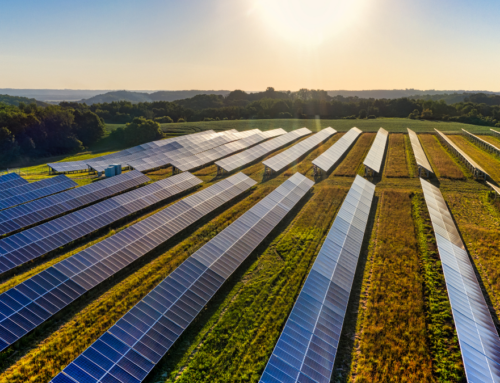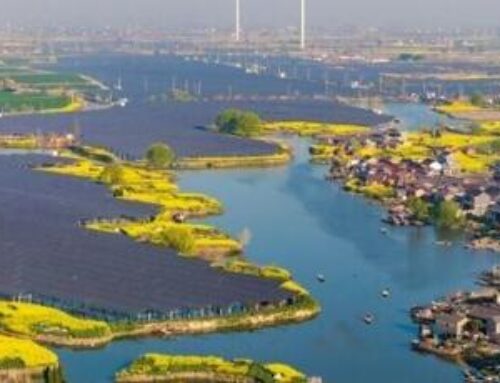Published at Renewable and Sustainable Energy Reviews – Falling particle and sodium billbo
April 24, 2025
Abstract
Concentrated Solar Power (CSP) systems utilizing tower technology are acknowledged as a promising solution for generating dispatchable and renewable electricity. In the pursuit of heightened efficiency and competitiveness, novel receiver technologies, including falling particle and sodium billboard receivers, are under investigation due to their capacity to achieve higher maximum temperatures compared to solar salts receivers. This study presents methodologies and findings from a techno-economic comparison between falling particle, sodium billboard, and conventional billboard receiver adopting solar salts as heat transfer fluid. For each investigated technology, receiver design is optimized through a parametric procedure based on LCOE minimization. For a given solar field and location, the height and width of the particle receiver, as well as, storage size are optimized, while for billboard receivers number of panels and tube diameter are also considered. Results obtained for a 100 MWth solar tower in Daggett, California indicate that the sodium receiver exhibits the best energy performance with a 22.2 % yearly solar-to-electric efficiency, followed by solar salts technology at 20.0 %, and particle receiver at 18.4 %. However, from a techno-economic perspective, particle receiver shows the lowest LCOE, with solar salts and sodium technologies showing values approximately 13.3 % and 13.9 % higher, respectively. Finally, a sensitivity analysis is carried out to show the significant influence of cost assumptions on the results.
Filip Sobic, Giancarlo Gentile, Marco Binotti, Andrea Giostri, Omar Pasqualotto, Giampaolo Manzolini, Falling particle and sodium billboard receivers for polar-field solar tower plants: A techno-economic comparison, Renewable and Sustainable Energy Reviews,Volume 211,2025,115207,ISSN 1364-0321,
https://doi.org/10.1016/j.rser.2024.115207
Search
RECENT PRESS RELEASES
Related Post




